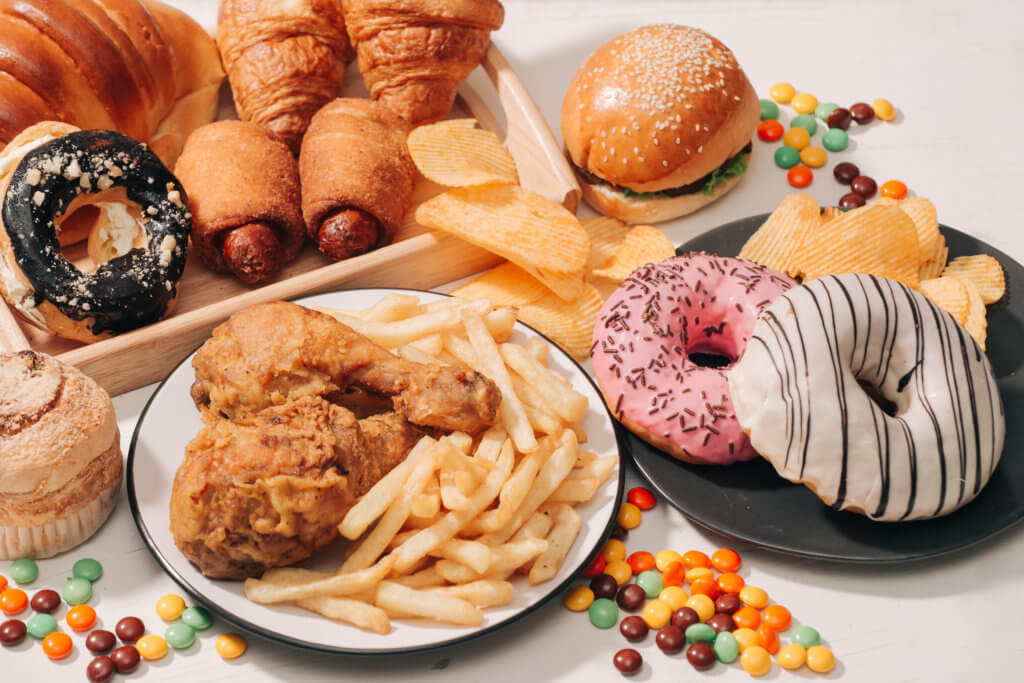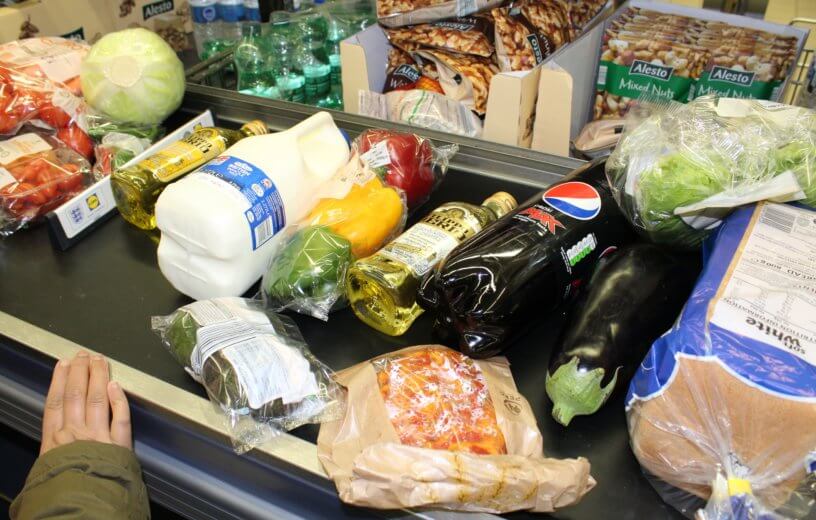“Stop eating processed food!” Have you heard that before from your favorite wellness guru? Usually in the next video, that same person is eating Greek yogurt with honey on top. However, did you know these are two processed foods?
Don’t be misled by people who view all processed foods as the same thing. Although they might mean well, the oversimplification can be dangerous. Not all processed foods are the same, and some are much healthier than a can of Pringles or TV dinners.
What is processed food?
By definition, this describes any food that has been altered in some manner. It could be as simple as freezing vegetables. This is not to be mixed up with the societal definition of “processed food,” which is more so referring to stuff like chips, cakes, and pies.

Levels of Processing
We tend to lump all processed food together as one thing, but in reality, there are levels of processing that are put in place in order to accurately distinguish between a vegetable and a slice of chocolate cake. The NOVA classification system is the most popular way to classify processed foods.
Group 1: Unprocessed and minimally processed foods
Unprocessed foods are the edible parts of fruits, vegetables, and other plant foods as well as animal foods like eggs. Minimally processed food describes the removal of inedible or undesirable parts of natural foods through means of crushing, roasting, filtering, boiling, pasteurizing (think about milk), etc.
Group 2: Processed culinary ingredients
This includes ingredients like oils, butter, lard, sugar, and salt. All are derived from group 1 foods and made into processed ingredients.
Group 3: Processed foods
Canned beans and vegetables, sardines in oil, fresh breads, bacon, and other similar meats are included in this category.
Group 4: Ultra-processed foods
Ultra-processed foods undergo the heaviest levels of processing. These are foods like sodas, high-fat snack foods, and desserts that we are all familiar with when we hear the phrase “processed food.” Colors, flavors, emulsifiers, and other food additives are typically used to make the final product tasty and keep you coming back for more.

So which processed foods are good for you?
After breaking down the classifications, it’s clear that even the milk in your fridge and the black beans in your pantry are considered “processed.” This does not negate their nutrition and so the assumption that all processed foods are unhealthy is flawed.
“Stop eating processed food,” being the most common thing pushed by health and wellness gurus also just isn’t realistic for the average person. It is barely realistic for the person saying it. Canned fish, neatly packaged cuts of meat, rolled oats, and chopped vegetables are all processed foods that are not only highly nutritious but convenient for people to include in their diets because they are processed. Who has the time and energy to go find and gut their own salmon for dinner? Not most people.
People with low incomes and living in food deserts may also struggle to buy anything else except for canned vegetables and fruits for their families. Are we to tell them that it all needs to be fresh and from the highest quality source even if it comes at a great expense?
Let’s change our language
Instead, it’s more appropriate to specify that limiting ultra-processed snacks, fast food, desserts, and sodas is what is important. Even still, “limit” is the keyword here. It is not within everybody’s social or financial means to completely cut out TV dinners if they have no time to feed their kids anything else. It is also not necessary nor realistic to tell people to never eat a donut again in their lives. Striking a healthy balance that prioritizes whole fruits, vegetables, proteins, and carb sources is what matters most.
Bottom Line
Not all processed food is the same. Processed food being called unhealthy and being demonized isn’t warranted considering nutritious foods like frozen blueberries are processed. There are different levels of processing. Foods like sweets, salty snacks, and meals are ultra-processed. By lumping all processed foods as one, it removes the necessary nuance and ignores the needs of vulnerable populations, such as those who live in food deserts and struggle with food insecurity.
